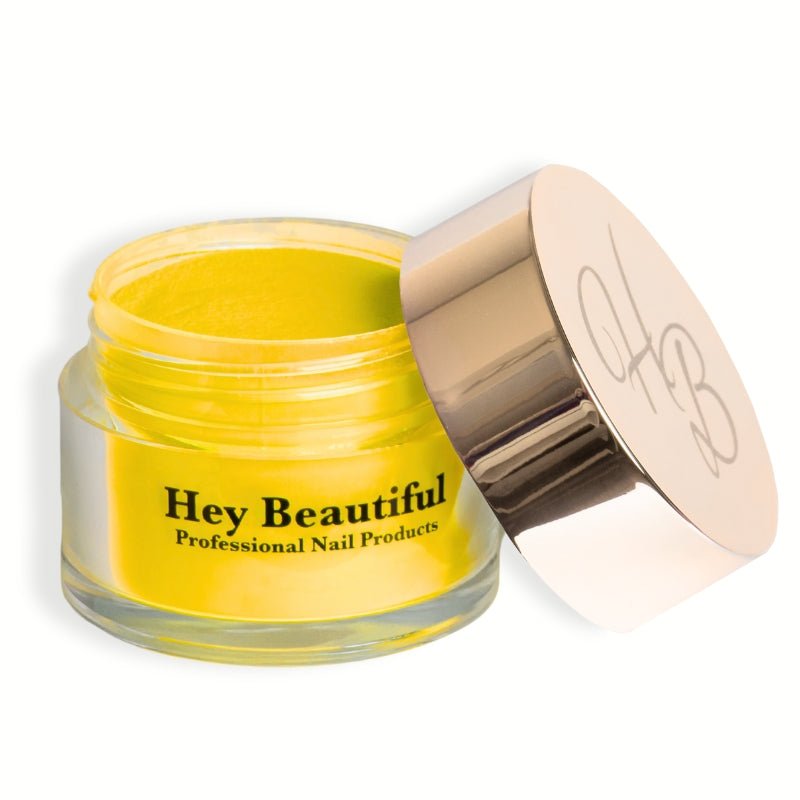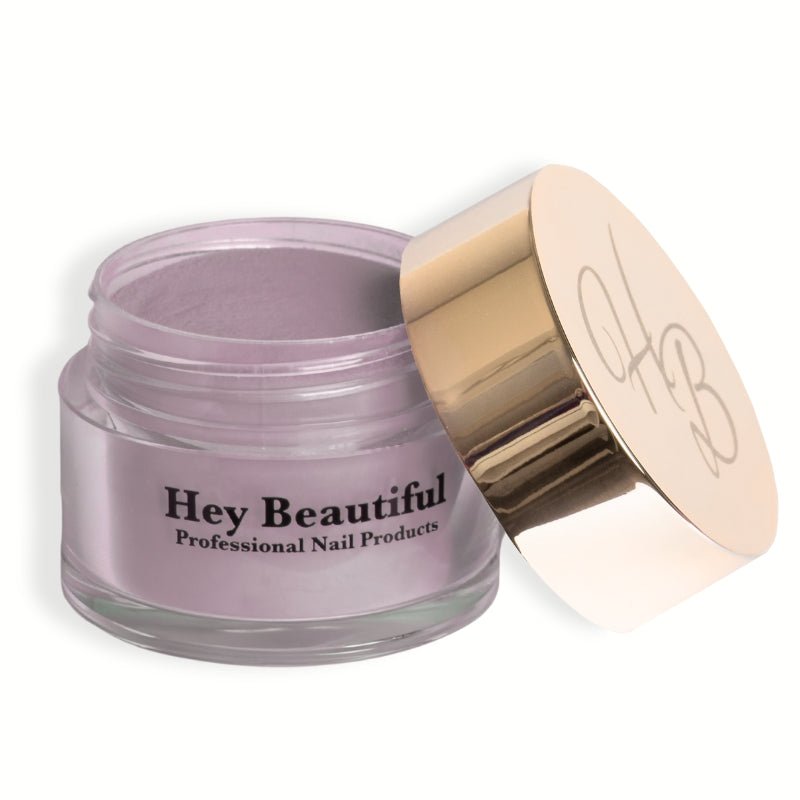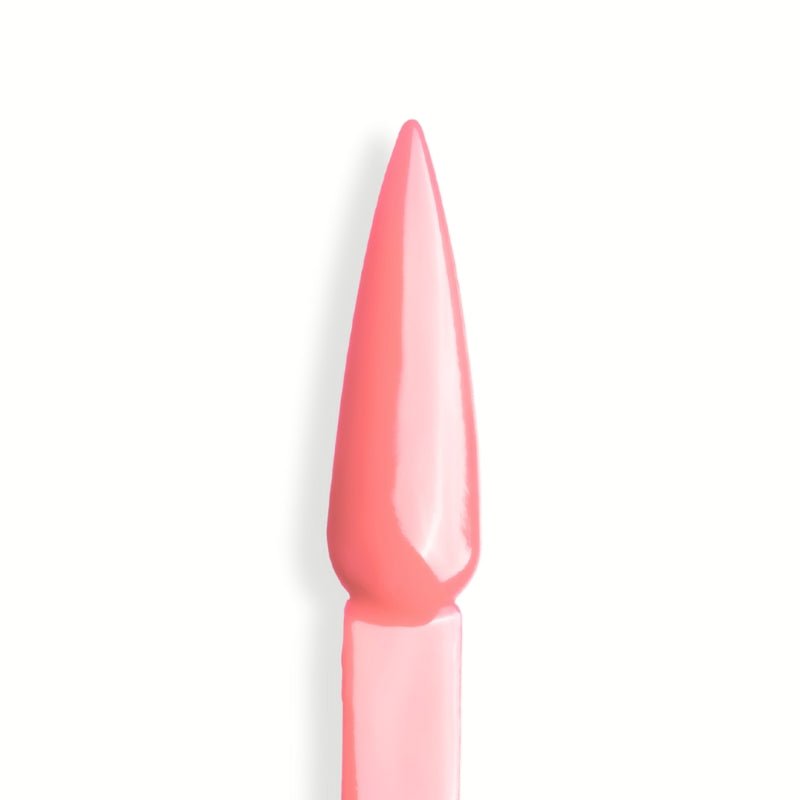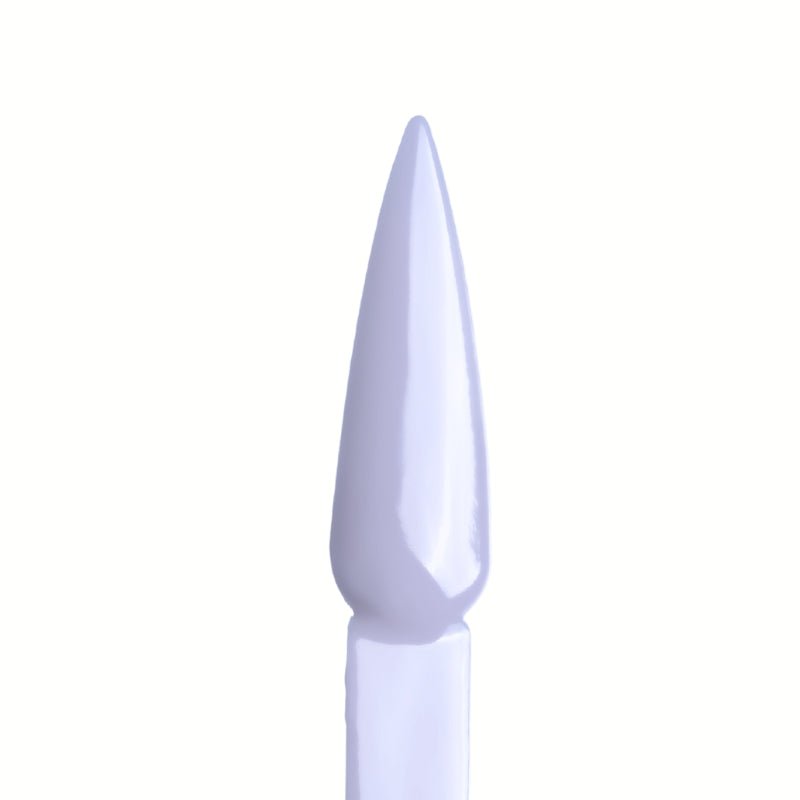HB Signature Dip Powders
Discover Your Perfect Shade
Crafted for flawless versatility—whether you're using it as a dip powder or with monomer. Achieve smooth, long-lasting nails with vibrant colors and a professional finish every time.


Peachy | 06


Sunny | 87


Aspen | 22


Posey | 32


Verna | 114


B4 Grey | 27


Dark Shadow | 126


Sun Paradise | 57


Yolanda | 92


Candy Apple | 130


Mignonette | 45


Mid-Night Blue | 121


Navy | 102


Iris | 106


Terra Cota | 131


Flash Ella | 58
Frequently Asked Questions
Yes! Our Dip Powder Collection is designed to be versatile, allowing you to use it with both the traditional monomer method or as a dip. You’ll achieve smooth, consistent results either way.
While dip powders tend to be slightly less strong due to their finer particles, they still provide excellent durability for everyday wear. The key is proper application, and when done right, dip powders can last just as long as traditional acrylics.
Yes, many beginners find dip powder easier to work with because of its finer texture and simplified application process. It’s a great starting point, but mastering both dip and traditional acrylics is key to becoming a well-rounded nail tech.
Dip powder nails can be removed by soaking them in acetone, just like traditional acrylics. File the top layer down before soaking to speed up the process, and ensure you use nourishing treatments afterward to maintain healthy nails.
Yes, dip powder is safe when applied and removed correctly. It's important to follow proper nail prep and removal procedures to avoid damaging the natural nail. Always ensure the nails are clean and free of oils before applying dip powder for optimal adhesion and safety.
Our Dip Powder Collection is formulated without harmful chemicals ensuring it’s safe for both you and your clients. We prioritize high-quality ingredients that meet FDA, ISO, and EU safety standards, so you can use our powders with confidence.
Dip powder dust, like any fine particle, can be irritating if inhaled over time. We recommend using protective measures such as a mask, proper ventilation, or tools like dust collectors and air purifiers to ensure a safe working environment. Prioritizing good ventilation will help reduce exposure and keep your space clean.
